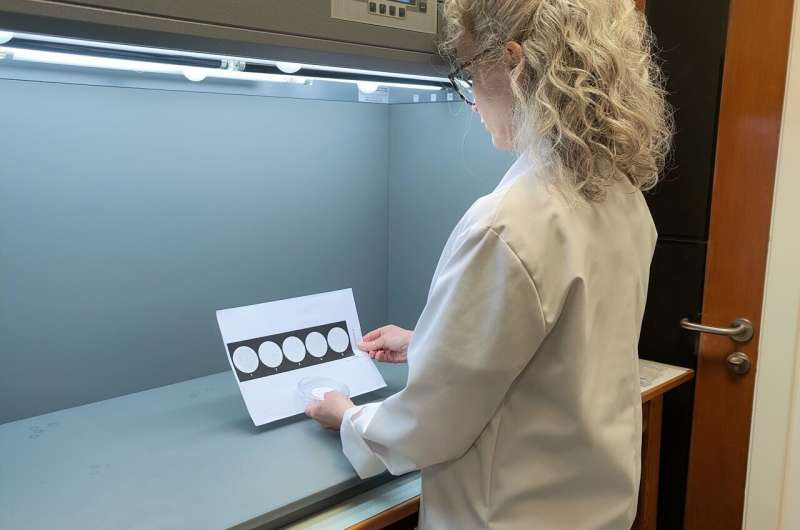New Visual Scale Aimed at Reducing Microplastics in Fashion Industry

A new project from Heriot-Watt University aims to make fashion labels and consumers more environmentally aware when manufacturing and buying new clothes. The project, led by Dr. Lisa Macintyre, has developed the world's first visual "fiber fragmentation scale" to assess the volume of fiber fragments shed from different clothing materials.
According to estimates, over 14 million metric tons of microplastics are lying on the ocean floor, with the fashion industry among the worst pollutants. Microplastics can be shed from clothing through daily wear and tear, including laundry, and can cause substantial harm to ecosystems, animals, and human health.
The five-point scale assesses the volume of fiber fragments shed, with grade one having the highest volume of shed fibers to grade five having the least. This new method is faster and more cost-effective than alternative techniques, making it a significant advantage for manufacturers.
Dr. Macintyre said, "The microplastics problem is massive. Fashion and textiles is one of the biggest sources of secondary microplastics in the environment. We aim to change that by allowing manufacturers to make better choices in production and communicate with their customers in a simple way."
Thousand tons of tiny fibers can be shed from clothing through daily wear and tear, despite their small size, they can inflict substantial harm on ecosystems, animals, and human health. The new scale has been used to test over 100 samples and has shown surprising accuracy at assessing very low levels of fragmentation.
The academics used a machine containing eight separate canisters to replicate a washing machine cycle, and 46 testers from the fashion industry, university students, and the public volunteered in the project. Results will be published in the journal Plastics.
According to Dr. Macintyre, if adopted by industry, the fiber fragmentation scale could be displayed on clothing labels, similar to the way many U.K food manufacturers display calorie information on packaging.
Industry leaders and policymakers have been approached for their support, with notable companies like Helly Hansen and Lochcarron of Scotland showing interest in the project. Dr. Macintyre said that getting an "acceptable fragmentation" rate for clothing is essential and called for key industry leaders and policymakers to sit down and agree standards.
The new scale aims to empower manufacturers to choose materials that have a minimal impact on the environment and allow consumers to make informed decisions when buying clothes.
